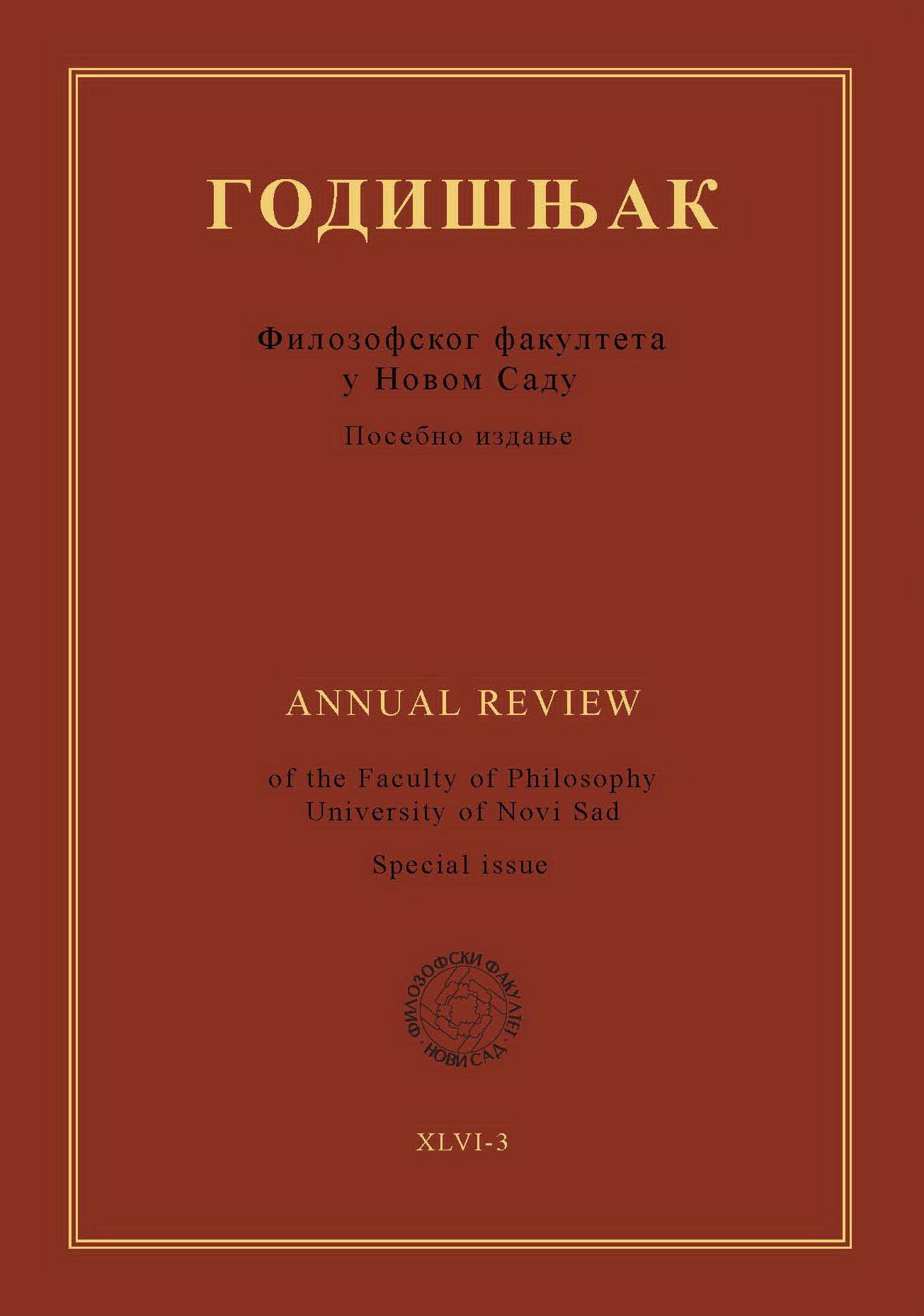HISTORY AND MEMORY: THE FILIAL NARRATIVE OF ANNE SINCLAIR
Main Article Content
Abstract
Our aim was to study how, according to the operative concept of “postmemory” defined by Marianne Hirsch, Anne Sinclair, by crossing the family memory and the historical investigation, shed light on one of the unknown aspects of the persecution under the Occupation in France: the “roundup of the notables” and their confinement in the camp of Compiègne nearby Paris. With this story, A. Sinclair continued, after having previously paid tribute to her maternal grand-father in 21, rue La Boétie, her aim to retrace the family memory which suffered from the persecutions against the Jews during the Occupation in France. Her paternal grandfather, Léonce Schwartz, was one of the 743 French Jews arrested in December 1941. All were detained in the Compiègne camp, under German administration: a real Nazi concentration camp from which the first convoy of deportees left from France for Auschwitz in March 1942. In this personal story at the beginning, Anne Sinclair, by reconstituting the coexistence in this camp of assimilated bourgeois and foreign Jews, gave voice and presence to the disappeared, and her personal investigation became gradually a work of collective memory. In our analysis, our first step was to outline, shortly and precisely, the concept of filial narrative and postmemory whose we applied further in our work.
Downloads
Article Details

This work is licensed under a Creative Commons Attribution-ShareAlike 4.0 International License.
References
Aarons, V.–Berger A. L. (2017). Third-Generation Holocaust Representation. Trauma, History and Memory. Evanston : Northwestern University Press. DOI: https://doi.org/10.26530/OAPEN_628783
Bouju, E. (2006). La Transcription de l’histoire. Essai sur le roman européen de la fin du XXe siècle. Rennes : PUR.
Demanze, L. (2009). Les possédés et les dépossédés. Études françaises, 45, 3, 11-23. DOI: https://doi.org/10.7202/038826ar
Didi-Huberman, G. (2020). Éparses. Voyage dans les papiers du ghetto de Varsovie. Paris : Minuit.
Hirsch, M. (1997). Family Frames: Photography, Narrative and Postmemory. Cambridge, MA : Harvard University Press.
Hirsch, M. (2008). The Generation of Postmemory. Poetics today, 29:1, 104-123. DOI: https://doi.org/10.1215/03335372-2007-019
Hirsch, M. (2013). Postmémoire. Artabsolument, avril 2013, numéro spécial, 1-6.
Ledoux-Beaugrand, E. (2013). Les restes d’Auschwitz : intertextualité et postmémoire dans Jan Karski de Yannick Haenel et C’est maintenant du passé de Marianne Rubinstein. Études françaises, 49/2, 145-162. DOI: https://doi.org/10.7202/1019526ar
Leichter-Flack, F. (2014). Second Generation, Third Generation and State Political Postmemory: The Holocaust and Its Literary Effects in Contemporary France. Journal of Literature and Trauma, 4 (1), 67-77. DOI: https://doi.org/10.1353/jlt.2016.0000
Mendelsohn, D. (2007). Les Disparus. Paris : Flammarion.
Polack, E. (2019). Le marché de l’art sous l’Occupation 1940-1944. Paris : Tallandier.
Rothberg, M. (2009). Multidirectional Memory: Remembering the Holocaust in the Age of Decolonization. Stanford : Stanford University Press.
Sinclair, A. (2012). 21, rue La Boétie. Paris : Grasset.
Sinclair, A. (2020). La rafle des notables. Paris : Grasset.
Viart, D. (1999). Filiations littéraires. In : Baetens, J.–Viart, D. (éds.) (1999). États du roman contemporain. Écritures contemporaines 2. Caen : Minard. 115-139.
Viart, D.–Vercier, B. (2005). La Littérature française au présent. Héritage, modernité, mutations. Paris : Bordas.
Viart, D. (2009). Nouveaux modèles de représentation de l’Histoire en littérature contemporaine, in : Viart, D. (éd.) (2009). Nouvelles écritures littéraires de l’Histoire, tome X, Écritures contemporaines. Caen : Minard. 11-39.
Schulte Nordholt, A. (2008). Perec, Modiano, Raczymow. La Génération d’après et la mémoire de la Shoah. Amsterdam : Rodopi. DOI: https://doi.org/10.1163/9789401205962




